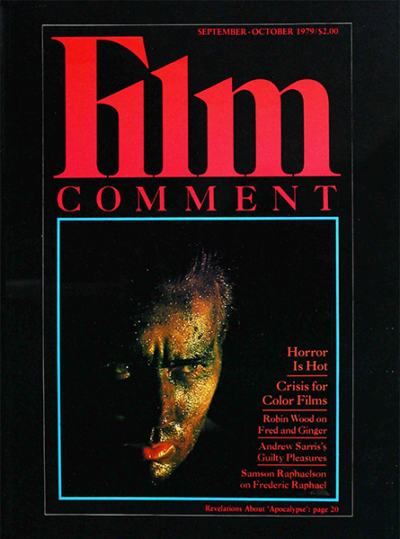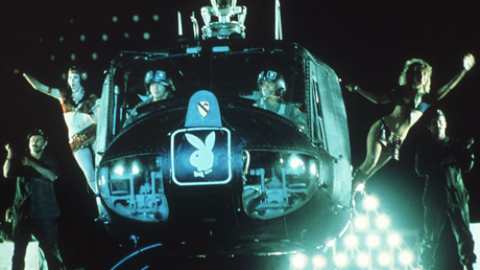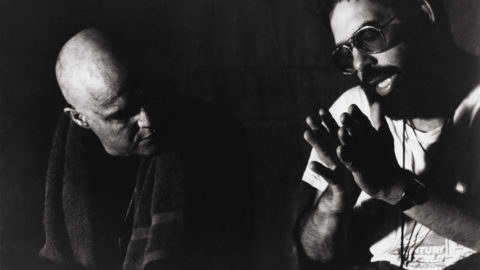Special Report: Crisis in Color Films
The director’s imagination, the cinematographer’s craft, the art director’s art—all have contributed to making Hollywood’s color films as gorgeous and vivid as anybody’s dreams. Now, though, the color is fading, from old films and new ones, from Technicolor and Eastmancolor prints. What can be done? Bill O’Connell has surveyed the terrain, itemized the damage, and describes the measures concerned filmmakers, distributors, museum archivists—and even the giants of the photography industry—are taking to cure the wounded. It’s a last-minute-rescue story as thrilling and melodramatic as any told by D. W. Griffith. And it’s illustrated with eight color photos that demonstrate what has been done to our Technicolor memories of the great films—and what is being done to save them from a fade-out worse than death.
First You Cry
Moviegoers have always loved kiss-kiss as much as bang-bang—but sentimentality has proved more difficult to defend than violence. In our Midsection, John Mariani considers the recent resurfacing of the heartstrings-and-hanky film. Lawrence O’Toole appraises the appeal of trashy melodramas. And Andrew Sarris has his own sentimental Guilty Pleasures.
Horror Is Hot
Last summer, young adults relived the pleasures of their youth: cute teenpix. This summer they relived the thrills in a plague of profitable horror movies. Tom Figenshu takes another look at Alien, The Amityville Horror, and Dracula. And Kenneth Von Gunden ruminates on the perverse pleasures of that midnight horror-camp classic, The Rocky Horror Picture Show.
Journals
Mary Corliss reports from Cannes. David Overbey heralds the new look in French filmmakers: women. Mira Reym Binford snacks in Delhi.
Hollywood & Vietnam
It’s not easy making a war movie these days, especially with all that sniper fire from the Pentagon. Lawrence Suid reports on the production—and the politics—of The Green Berets, Rolling Thunder, Coming Home, The Deer Hunter, The Boys from Company C, Go Tell the Spartans, and Apocalypse Now.
‘Heart’ Transplant
Brooks Riley on the changes from a Conrad novella to Apocalypse Now.
Never Never Change
Robin Wood considers Astaire and Rogers’ triumph over ideology.
Peeping Tom
Vilified on its release in England, neglected in the U.S., Michael Powell’s “nice, tender” film is now recognized as a landmark of self-reflexive cinema. Elliott Stein explains why.
The Glittering Snake
In his highly regarded BBC series The Glittering Prizes, Frederic Raphael had a lot to say about Jews in a gentile society. Now Samson Raphaelson—and his grandmother—have the last word.
People We Like: John Wayne
Terry Curtis Fox casts new light on the old soldier.
Letters
Prose and cons on our TV issue.
Industry
Once a premier house of oldies, the Orson Welles Cinema has moved onward and upward with the art of making money. By Sam Lasoff.
Independents
Non-fiction cinema is alive and well, and the American Film Festival can prove it. By Amos Vogel.
Back Talk
Coppola, after the apocalypse. The New Yorker, after the fall.
Bulletin Board






